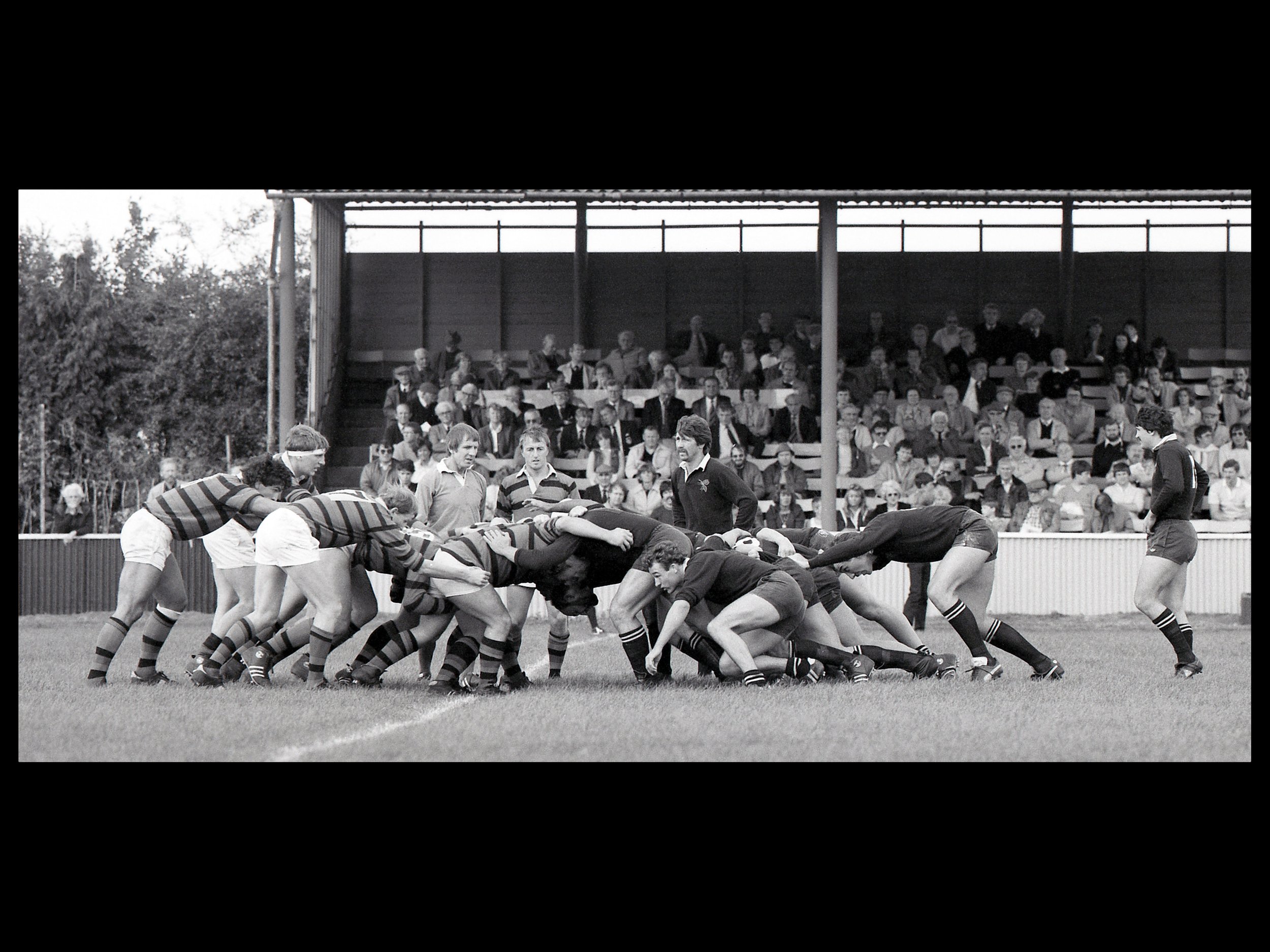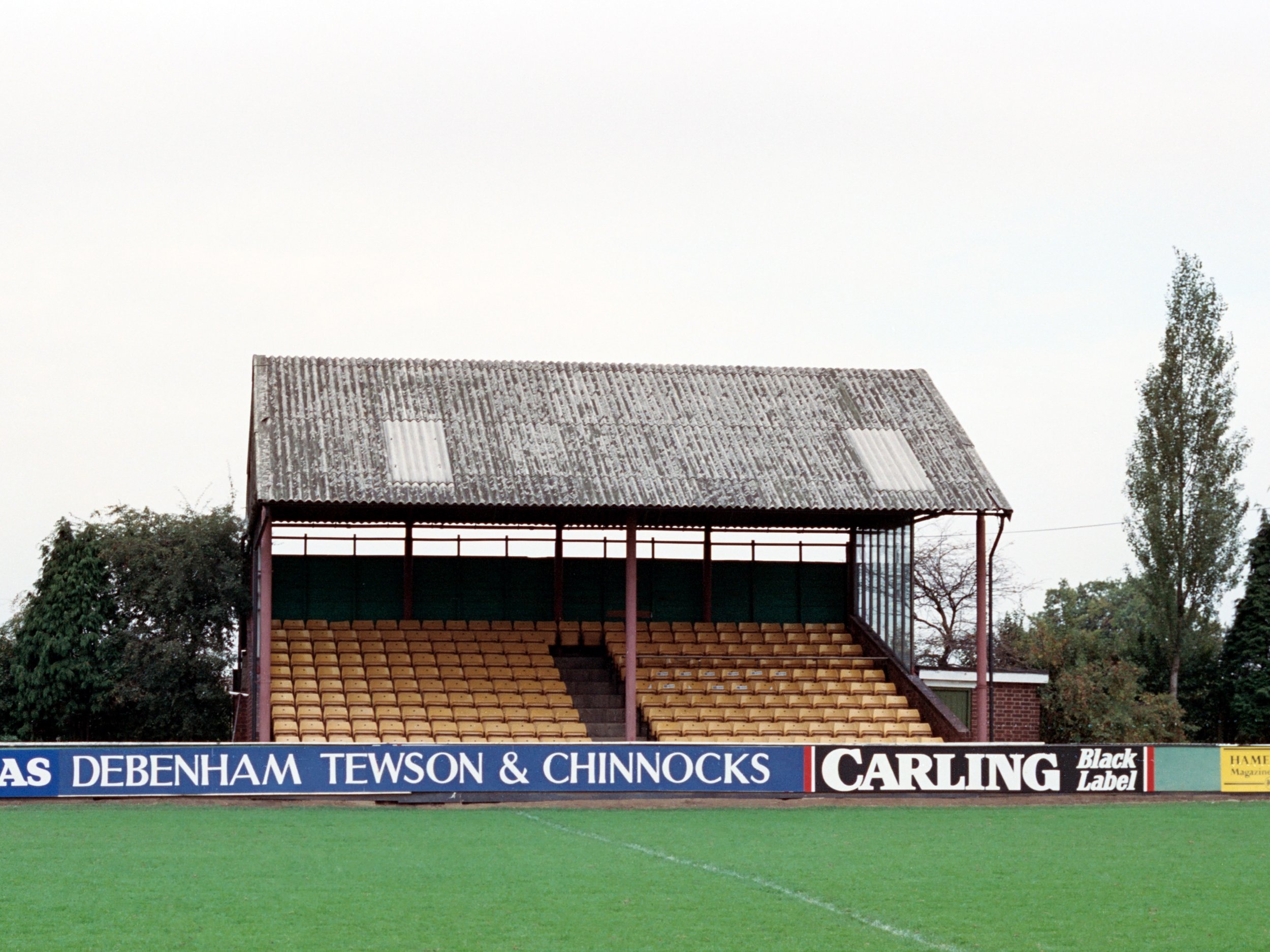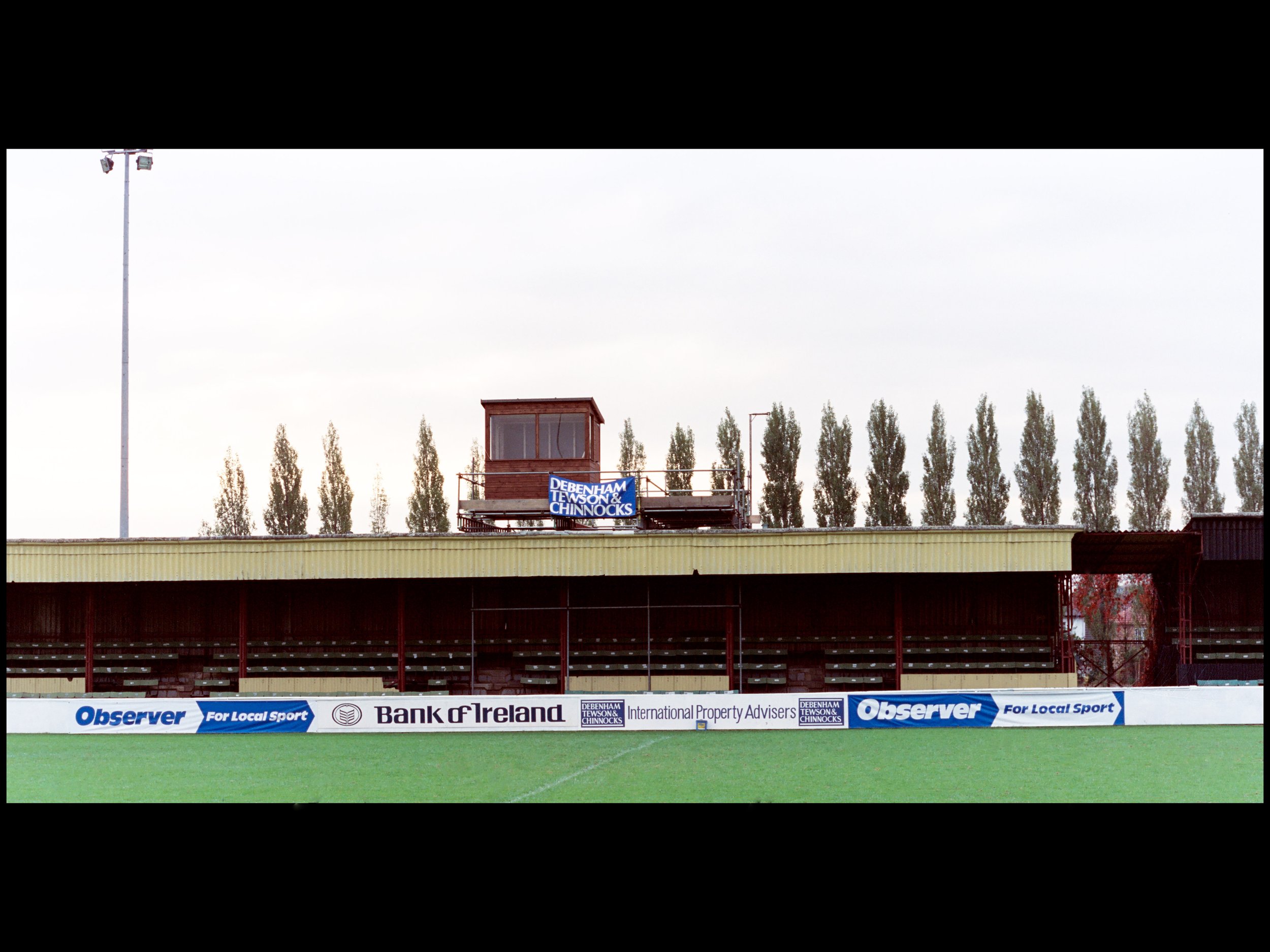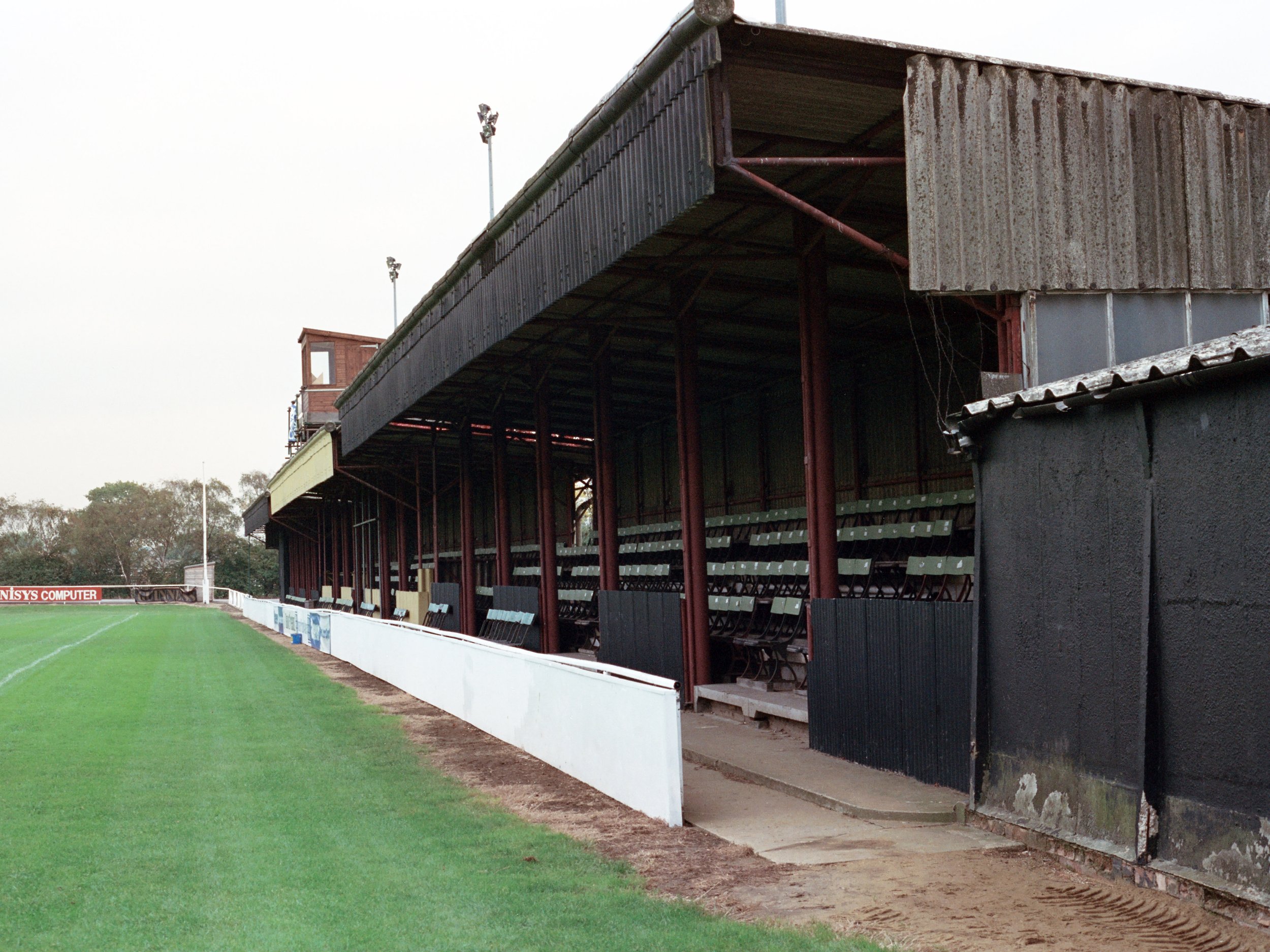
Rugby Lives Lizzie Musa
The Beer Raffle
Repton Avenue
Bay of Plenty
Apollo Perelini
When not scoring tries for London Irish, Lizzie Musa is best known as Ruckstar Lizzie on TikTok and Instagram where she has gained more than 100k followers from hitting the streets and getting members of the public to test their rugby skills. Lizzie talks to Rugby Journal Weekly about her rugby life…
I started an online magazine called ‘Ruckstars’ to promote women’s rugby. It started off with me just interviewing players and female coaches. But one of my friends told me that if you put your face in front of a brand, it will grow faster. So, I tried it, and from literally nothing, it just blew up. My TikTok account has a hundred thousand followers, and on Instagram there are more than thirty thousand.
A lot of my content now involves getting the public involved in rugby related challenges. ‘How many kick-ups can you do with a rugby ball’, ‘can you grip this ball off me?’. I really enjoy doing the challenges because sometimes I just forget the camera is there.
I film content pretty much everywhere I go. I have done stuff in Mexico, and Paris (I did last season out in France, at a club called Stade Rennais). In Mexico, everyone was open to giving it a go – I think they were confused by the ball. They were asking me ‘why is it that shape?’
My older sister is the one that got me into rugby. She played in the first women’s team at Dartfordians. She wanted me to go along too. At first, I was a bit hesitant as I’d watched rugby and thought it was a bit slow. She reassured me it was just touch to begin with, so I went along. I loved the first session, and I’ve never looked back.
Coaches would put me on the wing because of my speed. Give me the ball and I would score, but I didn’t have the rugby brain to begin with. I didn’t know any other position except for wing for the first year or so. The more I played though, the more I noticed the subtle, unglamorous things. Before, I would always have my eye on the finisher, but now I’ll realise that try was scored two phases before.
I’m playing for London Irish right now, and I’m in the Saracens squad too. I really enjoy playing for Irish, they have an all-female set of staff. As a woman being coached by women, it makes a huge difference. I’m the top try scorer so far this season, even though I joined three games in. We will see how the rest of the season goes.
I’ve started doing more stuff with professional players and teams too. Someone from BT reached out to me recently before the Harlequins versus Bristol double header and asked me if I wanted to do some content with the girls. It was a great opportunity to do some stuff with 15s players. I do a lot at sevens’ tournaments, but I can’t exactly turn up to Sarries or London Irish training and say, ‘hey guys, lets film some stuff’. It just isn’t the time or place really, I’m there to train.
I’m trying to navigate the best direction with creating content alongside playing. So far, it hasn’t really conflicted that much, but I’m starting to see ways in which it might. I’m starting to think, where am I going with this? The short answer is I’m still working it out.
If I had to choose between social media journalism and playing, I would take going as far as I can with rugby. In an ideal world, I would be able to do both. Having rugby helps because you stand out in the group of influencers when you have a sport. In the rugby environment, the social media side of things can support your career too.
By Tyrone Bulger
WIN a case of Two Tribes Metro Land Session IPA
If you’re doing damp January, a 24-can case of the excellent Two Tribes’ Metro Land Session IPA is perfect with an ABV of just 3.8%, but loads of flavour packed into every 330ml can. The London craft brewer are renowned for their creative beers having collaborated with chefs, artists and musicians. Find out more at twotribes.co.uk
To enter, visit our competition posts on Twitter, Facebook, Instagram.
Repton Avenue, Sudbury, Wasps, 1923-1996
Although two decades have passed since Wasps played at Repton Avenue, near Wembley, west London, the clubhouse that has been enjoyed by countless legends of the game still stands, albeit in a slightly different guise
Repton Avenue, Sudbury, will remain the first ground that Wasps called their own but, nowadays, the congregation is smaller and worship different Gods, in its new role as a Hindu temple.
Once the formidable fortress of Wasps, the ground has however retained some of its defining features. Alongside the clubhouse is a pitch and around the pitch are slowly rusting floodlights which will once have shone on the likes of Lawrence Dallaglio and numerous other Wasps glitterati. But apart from these signs of a bygone era, everything else has changed.
The remaining pitch lies empty, unmarked, lost behind padlocked gates. The other pitches are covered with houses akin to the suburban streets which have always surrounded this ground. Along with the pitches, the stands are gone too, the posts, gone, the crowds, gone.
The story of Wasps’ long tenure at Repton Avenue began in 1923, just after the First World War. Founded in 1867, the club’s early years were characterised by a nomadic lifestyle; they had played home games at twelve different venues across London prior to the war.
Sadly, only 38 of around 150 players returned from the battlefields. The surviving members had to start afresh, but even as they were putting down new roots, tragedy struck once more. In 1928, the year Wasps bought the ground outright, their brilliant fly half Harold Clinch died during a home match against Streatham. He was twenty-three years of age.
Pictures by Pete Jenkins (www.fromthebackofamotorbike.co.uk)
Despite losing one of their star players, Wasps went on a mammoth run of home wins around this time. The 1930/31 season was their second in a row undefeated and made contributed to part of a four-year period in which they didn’t lose a single home game.
In 1947, following on from the Second World War, a new stand was built. The basic structure of high beams and a corrugated roof was a major development for the club. It provided shelter for the black-and-yellow faithful, who would turn out to marvel at the likes of John Herbert, Ron Syrett, and illustrious number ten, Richard Sharp, who all played for both Wasps and England towards the end of the 1950s.
By that point in time, the club had grown drastically from the dwindled numbers that returned from the Great War. They were now regularly fielding anything up to fourteen sides, and with a membership of 1,500, they had become the largest English club and the second largest in Europe, bested only by Racing.
As for the ground itself, players from the 70s and 80s recall a big slope and a frequent mud-bath as the elements swept in from two exposed sides. Although the facilities and attendances were a long way short of places like Leicester, there remain fond memories of the intimate atmosphere created at Sudbury. As a compact ground, it felt like the crowd were sat on the players’ benches on big matchdays and such mingling continued in the clubhouse afterwards. Some days were celebrations, others not so much. In both 1986 and 1987, Wasps’ cup runs ultimately ended in defeat, at the final hurdle, against Bath.
Repton Avenue however, was never short of great victories. On the 28th of April 1990, with the fans spilling out from the stand and packed four deep behind the advertisement boards, a Wasps side laden with legendary names such as Buzza, Rendall, and Probyn went on to beat Saracens 24-6, securing the Courage League Title in emphatic fashion.
The ground remained home for Wasps for another five years and witnessed the beginning of professionalism for the team. However, like many grounds up and down the country, the beloved Sudbury home of Wasps fell victim to a time of transition for the sport. The final year that saw match action was 1995, thereafter it became a training ground for the club, while home fixtures moved to Loftus Road in Shepherd’s Bush.
By Andy Budd
To order an art-quality print or framed print from a wide selection of rugby matches from the 1980s and 1990s, visit www.fromthebackofamotorbike.co.uk
















